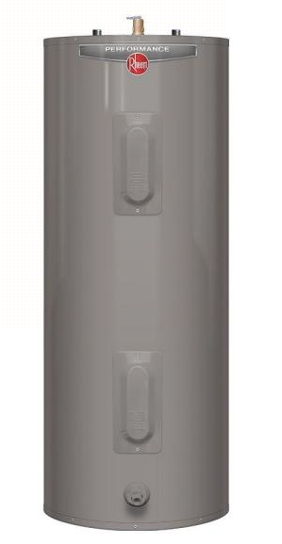Flushing Your Water Heater

If your water heater just doesn’t heat the water like the old days, or you hear popping sounds from your water heater, you may not need an expensive water heater repair, just a simple water heater flush. Each year thousands of gallons of cold water enter your water heater carrying tiny amounts of sand, rust and dissolved minerals (sediment). It’s a good idea to flush this sediment once per year to improve the efficiency of your tank, thus saving you money and extending the life of the water heater.
Flushing your water heater in the morning is ideal. Ensuring that the hot water hasn’t been used for at least 8 hours allows the sediment to settle to the bottom, making it easier to get out all the gunk.
First, turn off the power to the water heater. For an electric heater, turn off the electricity at the breaker box or at a nearby fuse box or cut-off box. For a gas burner water heater, turn the gas setting on the water heater to pilot, or turn it off completely. Whether gas or electric, consult your water heater manual for instructions and follow them.
Second, turn off the cold water supply and open a hot water tap somewhere in the house. This will allow air into the tank so it can drain.
Now attach a garden hose to the drain valve at the base of the tank and run it outside or to a nearby floor drain, if there is one. Water doesn’t drain uphill. If your hot water tank is in the basement and you don’t have an in-floor drain, you may need to drain the tank using a one or two gallon pail. Be careful – the water is hot and can burn you.
When the tank is empty, open the cold water valve at the top, to flush the tank. You may need to pulse the water on and off, to get more of the sediment and scale out of the tank.
Once crystal clear water is flushing out of the tank, you can remove the drain hose and turn the cold water back on. Let the tank fill, before closing the hot water tap that you opened earlier. Once the tank is full, you may turn on the electricity or pilot/gas.
*If you turn on an electric water heater that is not full, you will likely burn out a heating element. Follow the instructions in your water heater manual for this process.
To maintain a new water heater or one that has been recently flushed, drain the sediment at least once a year. For your yearly flush, there is no need to turn off the water heater or the cold water supply. Simply attach a hose to the drain valve, then open the valve and remove a couple quarts of water. When the water comes out clear, you’re done. This will only take a minute or two.